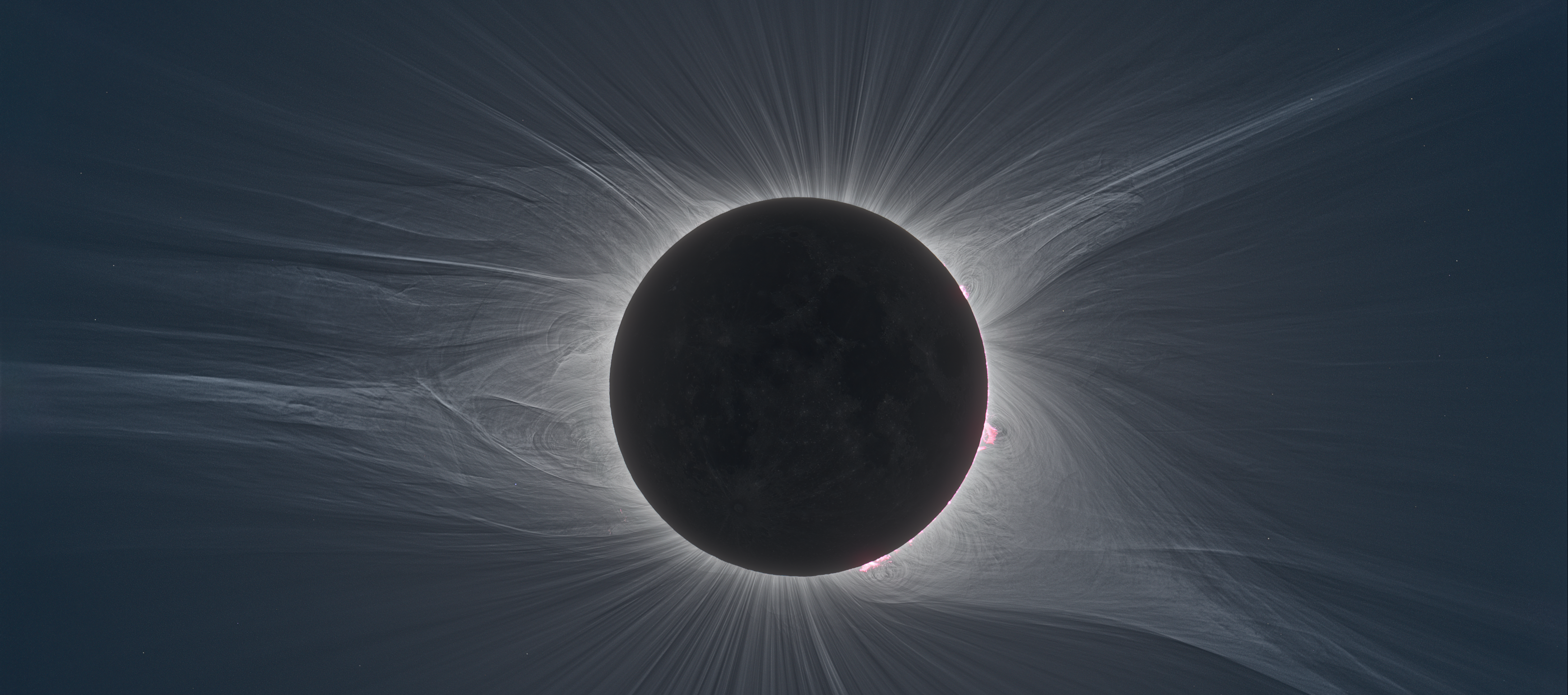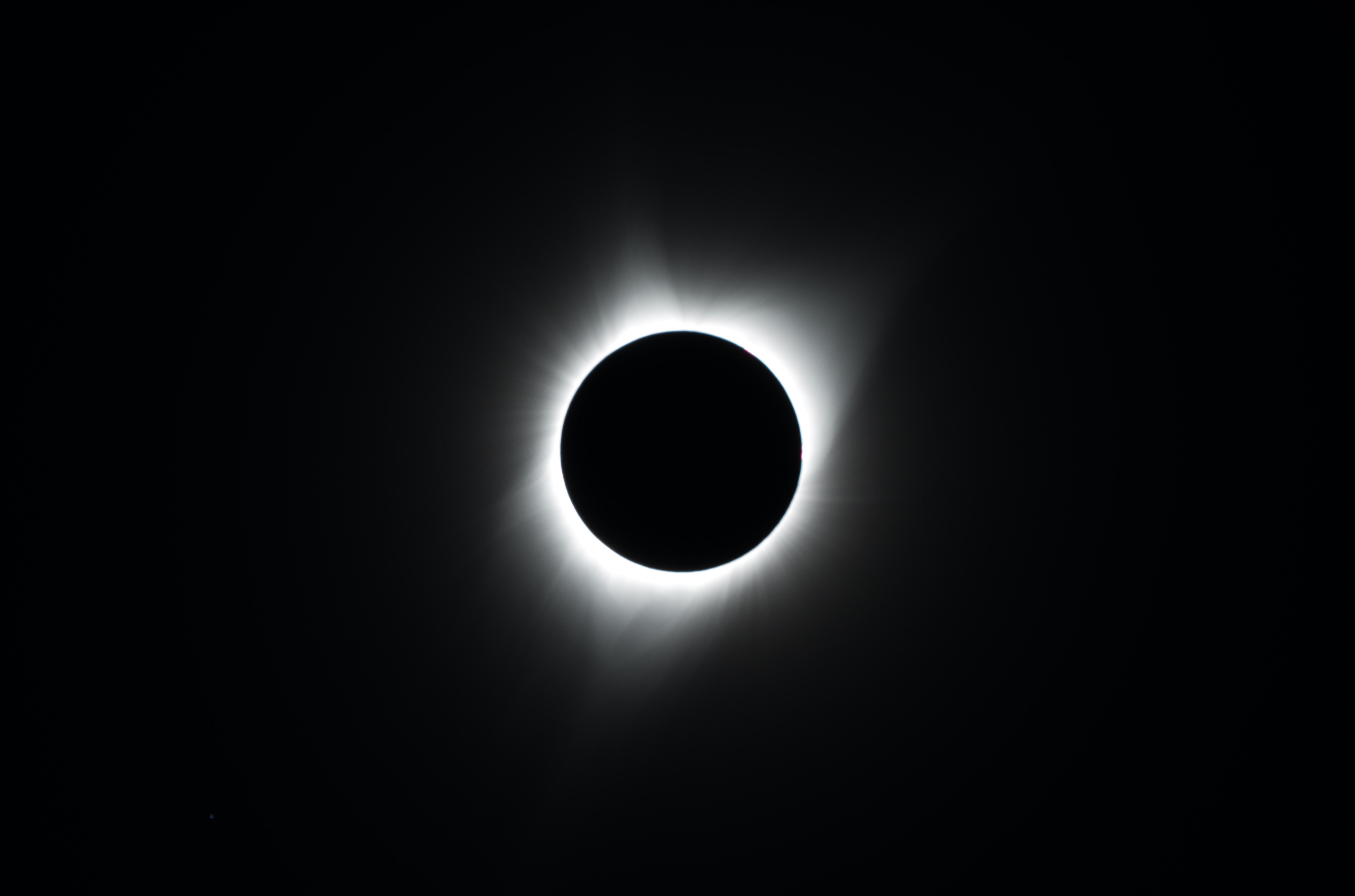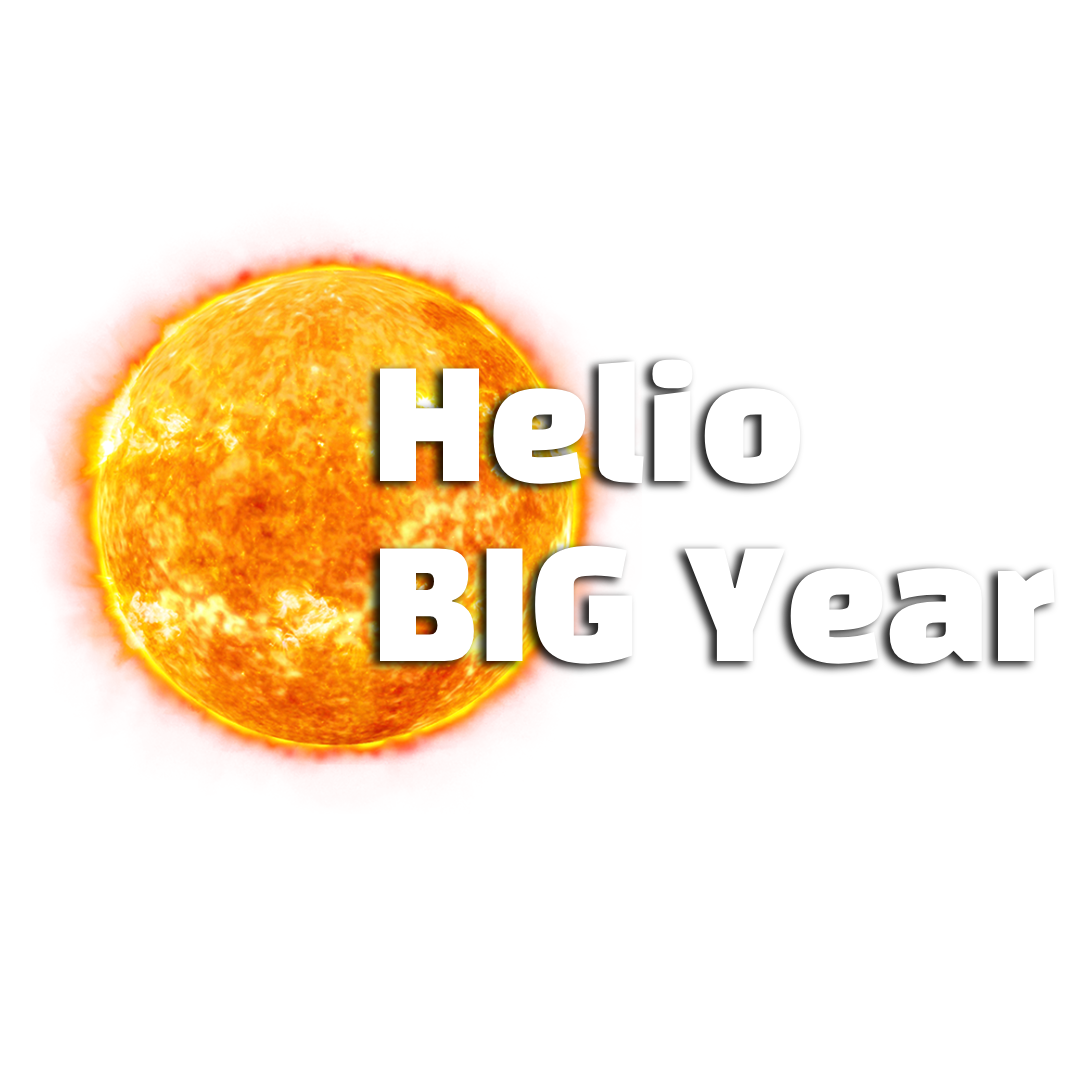
Overview
A solar eclipse is a captivating celestial event that occurs when the moon passes between the Earth and the Sun, momentarily obscuring the Sun's light. This phenomenon is a result of the precise alignment of these three celestial bodies, creating a breathtaking display in the daytime sky.
Phases of a Solar Eclipse:
1. Partial Eclipse: At the onset of a solar eclipse, the moon slowly begins to move in front of the Sun. This gradual blocking of sunlight creates a partial eclipse, where a portion of the Sun remains visible as a crescent.
2. Total Eclipse: As the moon continues its journey across the solar disk, a point is reached when the Sun is completely obscured by the moon. This phase is known as a total solar eclipse, and it is one of the most remarkable natural spectacles. During a total eclipse, the sky darkens to twilight, stars become visible, and the Sun's outer atmosphere, the solar corona, is revealed as a delicate halo of light surrounding the blackened disk of the moon. The total eclipse lasts for only a few minutes, but it leaves a lasting impression on those fortunate enough to witness it.
3. Annular Eclipse: In some cases, the moon is positioned farther from Earth in its elliptical orbit, making it appear slightly smaller in the sky. When the moon covers the Sun but doesn't completely block it, a ring-like effect, known as the "ring of fire," is seen around the edges of the moon. This type of eclipse is referred to as an annular eclipse.
The Mechanics Behind a Solar Eclipse:
- The Sun, located approximately 93 million miles from Earth, provides the primary source of light and heat for our planet.
- The Moon orbits Earth at an average distance of about 238,900 miles. Its orbital path occasionally intersects with the imaginary line connecting the Earth and the Sun, called the "ecliptic plane."
- A solar eclipse happens when the moon aligns itself perfectly with the Sun and Earth, creating a straight-line configuration known as "syzygy."
Safety Precautions:
It's crucial to emphasize that observing a solar eclipse directly with the naked eye can be extremely dangerous, as the intense solar radiation can cause severe eye damage or blindness. Safe viewing methods, such as solar viewing glasses or solar filters for telescopes and cameras, must be used to protect your eyes when witnessing this celestial event.
Cultural Significance:
Throughout history, solar eclipses have held great cultural significance and have been interpreted in various ways by different societies. Many ancient cultures regarded solar eclipses as omens or celestial events of great importance, often linked to mythological narratives. In modern times, solar eclipses continue to captivate and inspire people worldwide. They serve as reminders of the vastness and wonder of our universe, bringing people together to marvel at the beauty of the cosmos.
Path of Totality:
The path of totality for a total solar eclipse is a relatively narrow band that stretches across the Earth's surface. The width of this path can vary from one eclipse to another. Observers located within the path of totality experience the full spectacle of the total eclipse, including the temporary darkness and the dramatic appearance of the solar corona. Planning and traveling to the path of totality is a common practice among eclipse enthusiasts, known as "eclipse chasers."
Upcoming Eclipses:
Solar eclipses occur at various locations around the world at different times. You can find information about upcoming eclipses, including dates and locations, through astronomical organizations, websites, and apps dedicated to eclipse tracking. Solar eclipses remain a captivating and awe-inspiring phenomenon, offering a unique opportunity to connect with the wonders of our universe and the precision of celestial mechanics. They continue to inspire both amateur and professional astronomers, as well as the general public, as they marvel at the beauty and grandeur of our solar system.


